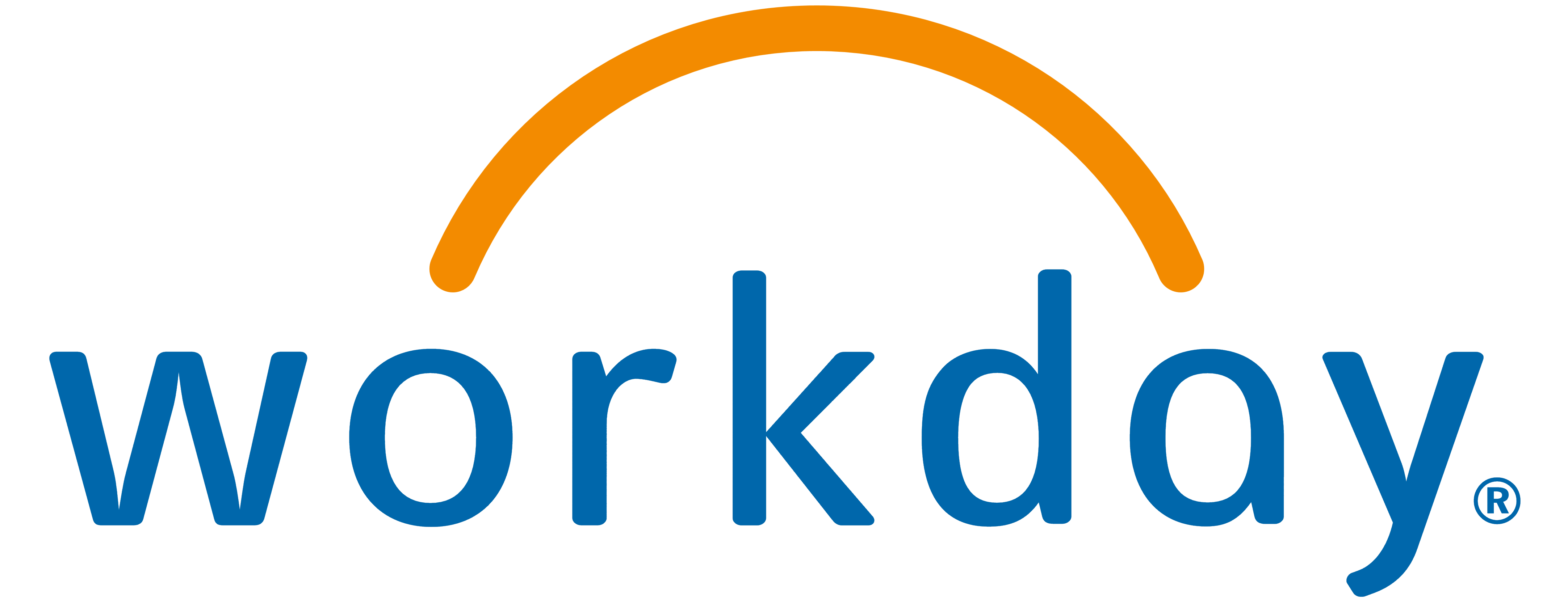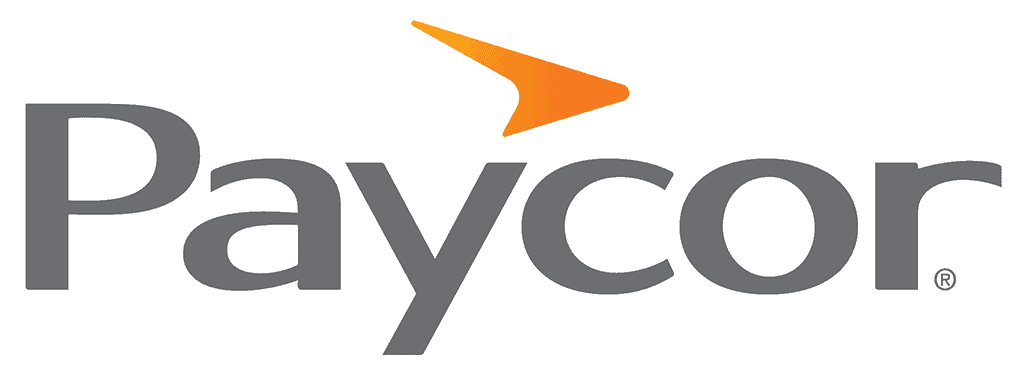Best Talent Management Software of 2025
September 18, 2025
According to a Gartner study, 41% of HR leaders feel their workforce lacks the required skills and 50% believe their organization doesn’t effectively leverage skills. When an organization’s talent isn’t ready to meet the challenges of a changing business environment, employee performance drops off by 26%. Suffice to say, managing talent effectively is a strategic imperative, especially for small- to mid-sized businesses with thin margins.
Talent management software can be an invaluable tool to help attract, develop, engage, and retain top talent. These integrated suites can support everything from workforce planning and recruiting to performance appraisal, career development, and even compensation packages.
While some businesses may opt for individual HR software to handle specific tasks like payroll and benefits administration, a talent management suite is a more focused solution that aims at streamlining the employee lifecycle. If you want to invest in your talent and provide pathways to growth and development, a talent management software is key. We break down the best options on the market today.
Best Talent Management Software
CoBanker’s recommendations and reviews are selected by our team of experts who have worked directly with each company in our network. While the companies featured are all partners we work with, reviews are based on our team’s experience across multiple criteria.
| Company | Best for | Price | Recruiting Tools | Learning Tools | Performance Management |
|---|---|---|---|---|---|
|
|
Small Business | Low | Yes | Yes | Yes |
|
|
Scalability | High | Yes | Yes | Yes |
|
|
Performance Management | Low | No | Yes | Yes |
|
|
Collaboration | Middle | Yes | Yes | Yes |
|
|
Automation | Low | No | Yes | Yes |
|
|
Convenience | Middle | Yes | Yes | Yes |
|
|
Analytics | Middle | Yes | Yes | Yes |
Best for Small Business BambooHR
BambooHR is an all-in-one HR platform designed specifically for small and growing businesses. It helps companies manage the entire employee lifecycle, from hiring and onboarding to performance and compensation, in a single, user-friendly system. It’s widely praised for its intuitive interface, which makes it easy for businesses to transition away from spreadsheets and manual processes, and puts a focus on centralizing employee data.
BambooHR’s strongest features are in hiring and onboarding, with a powerful applicant tracking system (ATS) and onboarding automations that take a lot of the manual work out of interviewing and bringing in new talent. Once in the company, the strong employee self-service modules make it easier for managers and employees alike to work towards career goals.
- The applicant tracking system (ATS) streamlines the hiring process by allowing you to post jobs, track applicants, and collaborate with hiring teams.
- Automated onboarding creates new hire paperwork and provides a seamless, digital experience for welcoming or transitioning employees.
- Provides employees with a secure portal to update their personal information, view pay stubs, request time off, and manage their performance goals.
BambooHR offers companies with 25 employees or fewer a flat rate starting at $250/month. With more employees, you may explore the three core plans — Core, Elite, and Pro — which start at $10/employee/month, but require a custom quote that’s based on your company’s size and needs.
Best for Scalability Workday
While Workday markets its “people-first” strategy, it’s the use of artificial intelligence that makes it so useful for small businesses. The platform is built on a single, interconnected foundation that seamlessly integrates recruiting, talent development, learning, and employee sentiment. Workday’s emphasis on a unified platform and innovative use of AI has solidified its position as a go-to solution for large enterprises seeking to optimize their talent strategy and create a modern, engaging employee experience.
The embedded system identifies, tracks, and nurtures employee skills throughout their entire career journey, helping you invest in your employees throughout their time at your company. Plus, it’s just a clean product that’s highly customizable to every organization’s needs and is easy to adopt within an organization.
- AI-powered recruiting and talent mobilization that leverages a large dataset to support top-tier talent acquisition.
- Dynamic skills foundation helps employees understand how they can improve their skills and gives them avenues to do so.
- Unified platform integrates recruiting, performance management, learning, and employee experience into a single, cohesive system.
Workday uses an adaptive, quote-based pricing model that varies significantly based on user count, selected modules, and contract length. While not publicly available, costs can range from $100-$200+ per user per year, with annual organizational costs potentially reaching over $350,000. Implementation is a separate and often substantial expense.
Best for Performance Management Lattice
Lattice is not only one of the most budget-friendly talent management platforms on the market, but it’s also truly outstanding in performance management and employee engagement. It provides a comprehensive suite for performance reviews, goal setting, and continuous feedback. With guided tools to set up objectives and key results (OKRs), key performance indicators (KPIs), and continuous feedback and 360-degree review cycles, it’s an excellent partner to help you get the most out of your talent and ensure they feel like they’re being invested in by the company.
Lattice is an ideal solution for companies that want to move beyond traditional annual reviews and foster a culture of ongoing communication and development.
- Continuous feedback & 360-degree review facilitate real-time feedback and provide a comprehensive view of employee performance from multiple sources.
- OKRs and goal-setting allow teams to set and track OKRs and goals, aligning individual objectives with company-wide strategic initiatives.
- Lattice University is loaded with courses, templates, and expert content to help teams develop professional development programs and improve skills.
Lattice uses a per-employee-per-month (PEPM) pricing model, with a minimum annual agreement of $4,000 in spend. The talent management product starts at $11/employee/month, and increases as you add individual modules such as “Engagement,” “Grow,” and “Compensation,” which can increase the price up to $25/employee/month.
Best for Collaboration Greenhouse
Greenhouse is a top contender for organizations that prioritize a collaborative and structured hiring process. The platform is built around a unified talent acquisition suite that helps companies find top talent by streamlining the recruitment workflow with data-driven insights. It’s particularly well-regarded for its tools that foster team-based decision-making and reduce bias in the hiring process.
After hiring, the platform’s user-friendly design and massive array of integrations make it easier to set up learning pipelines and performance management tracks for employees. Greenhouse empowers HR leaders, managers, and employees alike to draw from a huge amount of data to create and track individual development plans, giving the entire organization a stronger approach to performance management and retention.
- Collaborative hiring tools for detailed note-taking, candidate scorecards, and a structured hiring process that involves all stakeholders.
- Powerful analytics that deliver clear, actionable insights on key metrics like time-to-hire and candidate sources.
- Integrates with over 500+ tools, including HRIS, job boards, and communication platforms like Slack.
Greenhouse does not offer public pricing and requires prospective clients to request a custom quote. It offers three plans (Essential, Advanced, and Expert). The cost may be prohibitive for some small businesses, but when you’re reaching a consistent hiring volume, it can be a valuable solution.
Best for Automation PerformYard
Like the name suggests, PerformYard is all about performance management. This highly-rated platform is limited compared to some of the other entries on this list, and yet it’s also perhaps the most authentic entry. PerformYard tells you just what it’s going to do: Streamline and automate the performance management process. The core strength is centralizing and automating a company’s entire performance review process, from annual reviews to continuous feedback and goal tracking.
In North America, 93% of companies aim to drive performance, but just 44% say their performance management program is accomplishing that goal. PerformYard aims to use AI to remove some of the human error from the process and gather data to support comprehensive performance management programs.
- Automated performance reviews effortlessly send out reviews, track progress, and consolidate data, saving HR teams significant time.
Allows for easy creation and tracking of employee goals, ensuring alignment with organizational objectives.
Every customer receives a dedicated customer success manager for implementation, training, and ongoing support at no additional cost.
PerformYard offers simple, all-inclusive pricing based on a per-employee-per-month (PEPM) model, ranging from $5-$10 per month. The price may increase when you add certain modules, like Employee Engagement ($1-$3/employee/month), Meetings ($2-$4/employee/month), and Surveys ($2-$4/employee/month). A minimum annual contract may be required, ranging from $5,000 to $15,000.
Best for Convenience Paycor
Paycor is another legacy brand that offers a comprehensive suite of talent management tools that are well-suited for small to mid-sized businesses. The platform provides an all-in-one solution for managing recruitment, learning, and compensation, allowing businesses to handle multiple HR functions from a single system. Its strength lies in its ability to streamline a wide range of HR tasks, from payroll and benefits to talent development.
Paycor offers a wide range of individual products, allowing businesses to customize their own solutions. However, that can also be a little overwhelming since, as you add products, it creates a more complex tech stack that will require shuffling through several different user experiences. Paycor allows you to do a lot with a single platform, but it may feel a bit excessive and/or expensive for companies that just need help with talent management.
- Seamlessly combines payroll processing, tax management, and core HR functions into one product experience.
- Provides a unified module for attracting, hiring, and onboarding new employees.
- Offers a built-in learning management system to support employee growth and career management.
Paycor’s pricing is quote-based and varies depending on the number of employees and the specific features and modules chosen. Some internet chatter suggests pricing is around $19-$27/employee/month, but it’s unclear if that is for the core HR + Payroll product or the talent management product. In any case, expect the cost to increase for higher-tier plans with more advanced features.
Best for Analytics ClearCompany
ClearCompany is a full-service talent management platform that stands out for its end-to-end capabilities and powerful analytics. The platform provides a complete suite of tools for talent acquisition, performance management, employee engagement, and offboarding. It uses a data-driven approach to support talent acquisition and employee engagement lifecycles, with specialized talent management modules for learning, performance, engagement, and compensation management.
ClearCompany’s strength lies in its ability to deliver a holistic view of the employee lifecycle, with powerful AI and analytics reporting that reduces the HR team’s manual work. Managers and employees alike can get better insight into their own performance and growth paths, too. That said, ClearCompany’s design is notably worse than competitors and can have a clunky user experience.
- Manages the full employee lifecycle, from pre-hire to post-hire, in a single platform.
- Provides a comprehensive dashboard with deep insights into hiring metrics, performance, and retention.
- Integrates talent acquisition, performance, and engagement data for a cohesive view of the workforce.
ClearCompany’s pricing is quote-based, with costs varying based on the number of employees and the modules selected. The three tiers are ClearRecruit, ClearTalent, and TotalTalent, each of which provides access to anywhere from six to 12 of ClearCompany’s modules. While not publicly available, some reports suggest a starting price of $60 per user per month. The final cost is tailored to specific business needs and requires a custom quote from their sales team.







